I am regularly emailing or calling or hearing from staff at the TTB offices. Most of this contact is with their national revenue center office in Cincinnati. This is the office that handles all of the TTB permit applications and all of their related follow up. (with the exception of label approvals)
Back in my early days of these interactions when I was on staff at a winery hearing from the TTB offices more often than not brought on a wave of queasiness in my stomach. They would often ask me questions that I was not sure how to answer and didn’t want to sound like I didn’t know what I was talking about. Plus I was talking to a government agency that could potentially come out and audit my winery and I certainly didn’t want to be responsible for bringing that on! The chances of that occurring as a result of my emails or phone call was essentially none- but I didn’t know that.
I think that winery staff still have a sense of hesitancy about contacting the TTB because there is still that concept out there in the winemaking world that doing so will bring the TTB wrath down on them. Generally not so, however there are still “best practices” when contacting their offices that will set you up for success rather than frustration or communication breakdown and greatly improve your chances of getting a helpful answer to your question(s).
To make sure any of these interactions that you may have w/the TTB offices are as successful as possible I’ve put together a list of tips from my experiences of almost 20 years of TTB Q & A.
- Before you call or email the TTB do you have either signing authority or power of attorney for your winery or wine cellar? They won’t speak to you if you don’t.
- Know all the necessary details about your winery to reference in your email or beginning part of your phone call. These include your TTB BWN or BWC #, and business name as it appears on your TTB permit.
- Be clear about the specifics behind the reason you are contacting them, and then put those specifics as much into “TTB terms” as possible. For example, if your question is related to one of their reports such as the 5120.17 reference it in terms of the report line that it relates to.
- Here are a couple of examples of what I’m talking about in #3 here. Say you’re wondering about bulk wine coming into or leaving your winery? Then you’ll use the terms wine “received in bond” (coming in) or wine “transferred in bond” (going out). Or say you’ve got a question about your loss amounts for regular day to day bulk wine activities. The term you’re looking for there is “inventory losses”.
- If you are contacting them by phone early in the day is the best time, considering that they are 3 hours ahead of you for example if you’re calling from a CA, WA or OR winery. If I need to contact them by phone I put that task on my list before 9 am and will usually call as early at 7 am- which is 10 am their time.
- Document the answers you get from your contact w/them. This is easy if it happened via email. Simply print out the email chain and file in a “TTB Q & A” binder or some sort of compliance reference file which is something I highly recommend having. If your interactions happened over the phone take notes to include the TTB staff persons full name, the topics covered and their response.
